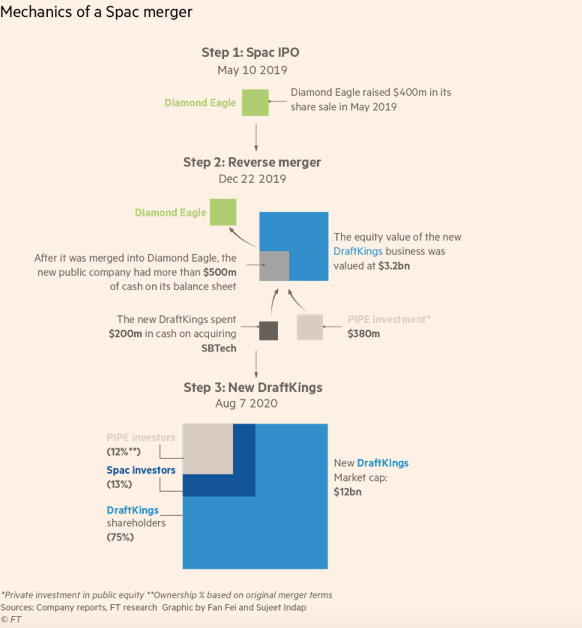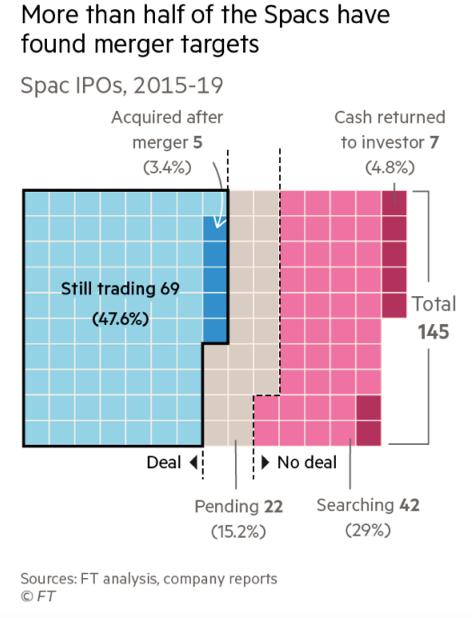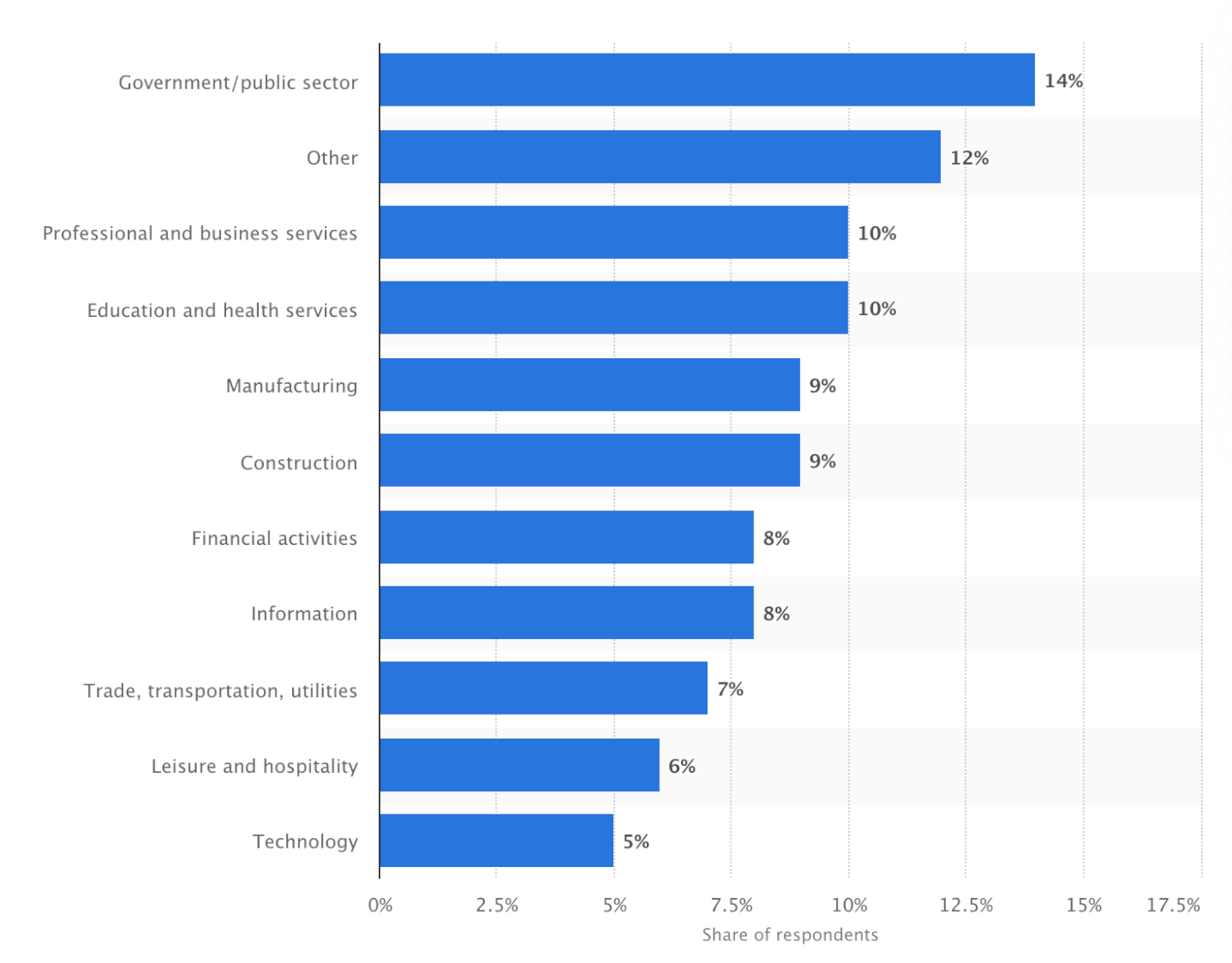The EOS Model® provides a useful foundation for businesses, but it falls short in addressing key aspects of creating an growth. By incorporating additional elements from the Gravitas 7 Attributes of Agile Growth® model, businesses can create a more comprehensive system that promotes growth while maintaining smooth operations. Focusing on Leadership, Strategy, Execution, Customer, Profit, Systems, and Talent, the 7 Attributes of Agile Growth® offer a more encompassing approach to achieving success.

Built to Last? Hopefully Not.
The picture above is of the bridge over the Choluteca River. Honduras, known for its extreme weather, namely hurricanes, commissioned the bridge in 1996 to withstand any storms. A Japanese company competed the bridge in 1998 when Hurricane Mitch tore through the country. Mitch dropped 74 inches of rain, killing 7,000 people, leaving 1.5 million homeless, and causing $2bn of damage. Also Mitch damaged or destroyed nearly all the bridges, but the new Choluteca Bridge survived with minor damage.. Thus it met its requirement, it withstood the worst storms. However, with deluge from Mitch the roads on either end of the bridge had completely vanished, leaving no visible trace of their prior existence. Also, the Choluteca River, which is over 100 metres (300 ft) at the bridge, had carved itself a new channel. It no longer flowed beneath the bridge, which now spanned dry ground.
Roads have since been reconnected to the bridge; however, the moral of the story is that things should not be “built to last,” but “built to adapt.” As I have mentioned before, most people get Darwin evolution wrong when they use the term “Survival of the fittest.” In Darwinian terms, fittest refers to biological reproduction, so what Darwin meant was “Survival of the form that will leave the most copies of itself in successive generations.”
Well, COVID has once more shaken our core processes and what “got us to here, is not going to get us to there.” To survive we have to adapt and change what we do. Due to the failure to understand that this is public health crisis first and foremost, and until we deal with that the rest cannot be fixed, I expect we will be living in a COVID environment for at least another year. So new methods and models have to determined for survival.
In one of my Vistage group meetings this week we shared how we had adapted to the COVID world doing things that we had never considered before. Some of the wonderful new practices were:
- Enabling piece production to be done at home by providing the employees with the materials and tools and paying the by the piece rather than hourly. The company then did full QA on all pieces when they were picked up. The company found that production levels rose slightly. Employee satisfaction rose too, as people were able to work at home and deal with kids who cannot go to school.
- Entering new markets to provide COVID related solutions and then expanding within those market to offer more services. These new markets are providing sufficient revenue to make up for those markets damaged by COVID.
- Training and recruiting people in areas that the company expects will be active soon as a result of COVID. Building a bench of talent to meet new demand.
- Having weekly video calls with the entire global team where each week one person presents on their passion project within the organization. These calls have lead to great connectivity between employees and departments. Employees now have a better understanding of the challenges faced in other departments, and people are contributing to other’s passion projects across deparments.
- Restructuring the sales department as the existing sales team was struggling to prospect in the virtual world. Have younger more tech savvy people doing business development work and connecting with prospects. Once the connection is made these relationships are handed over to old sales team.
The above is why Vistage groups are so wonderful! The sharing of ideas that work and those that don’t help everyone.
So what are you doing? Are you waiting for the return to a pre COVID world, aka Waiting for Godot, or are you being proactive to find new ways to drive sales, production, product development and improve internal processes? As a leader, you need to lead the way for your organization so that you will around and relevant in a year. It is hard during times like this, but that is why you are the leader. If you need help, join a Vistage group, help is there.
Recent Posts
EOS is just that, an Operating System
What has COVID done to Company Culture?
COVID has affected everyone. However, companies need to examine if they have lived their core values during COVID, how they are reinforcing them in a WFH environment, and especially with the onboarding of new hires.
Profit ≠ Cash Flow
Knowing how much cash you generate is essential for planning for growth. Too many companies don’t know and when they grow they find they are continually running out of cash. Understand your cash flow generation and how to improve it through improvements in your Cash Conversion Cycle and using the Power of One.
What Are Your Critical and Counter Critical Numbers?
The key to achieving long term goals is to define short term goals that lead you there. Focusing those short term goals around a key metric is essential. However, ensure that the metric will not lead other areas astray by having an appropriate counter critical metric act as a counter balance.
Rethinking ‘Family’ Culture in Business: Fostering Performance and Success
Explore the importance of company culture and the potential pitfalls of adopting a “Family” culture in organizations. Learn how to foster a high-performance culture while maintaining key family values and discover success factors for family businesses. Rethink the “Family” culture concept and create a thriving environment for your organization.
Do You Truly Know Your Core Customer?
Knowing the profit of your core customers is key to building a growth model. Many companies have identified core customers that are generating a sub-optimal profit and so they cannot realize the profits they seek. Identifying the correct core customer allows you to generate profits and often operate in “Blue Ocean.”
The Spectacular Rise and Fall of the European Super League
The European Super League (ESL) collapsed within 48 hours of its announcement due to hubris, a lack of value creation, and fan backlash. The founders’ arrogance led them to disregard European football’s deep-rooted traditions and culture. At the same time, the focus on wealthy club owners instead of merit undermined the essence of the competition. The fierce backlash from fans, who felt betrayed by their clubs, demonstrated the importance of prioritizing supporters’ interests in football.
When Should I Sell My Business?
Many business owners want to sell at the top of the market. However, market timing is tough. Is this the best strategy? Probably not.
Does Your Financial Model Drive Growth?
Working with many companies looking to grow, I am always surprised how many have not built a financial model that drives growth. I have mentioned before a financial model that drives growth? Here I am basing on Jim Collin's Profit/X, which he laid out in Good to...
COVID = Caught Inside
As we emerge from COVID, the current employment environment makes me think of a surfing concept: “Being Caught Inside When a Big Set Comes Through.” Basically, the phrase refers to when you paddle like crazy to escape the crash of one wave, only to find that the next wave in the set is even bigger—and you’re exhausted. 2020 was the first wave, leaving us tired and low. But looking forward, there are major challenges looming on the horizon as business picks up in 2021. You are already asking a lot of your employees, who are working flat out and dealing with stress until you are able to hire more. But everyone is looking for employees right now, and hiring and retention for your organization is growing more difficult.

















